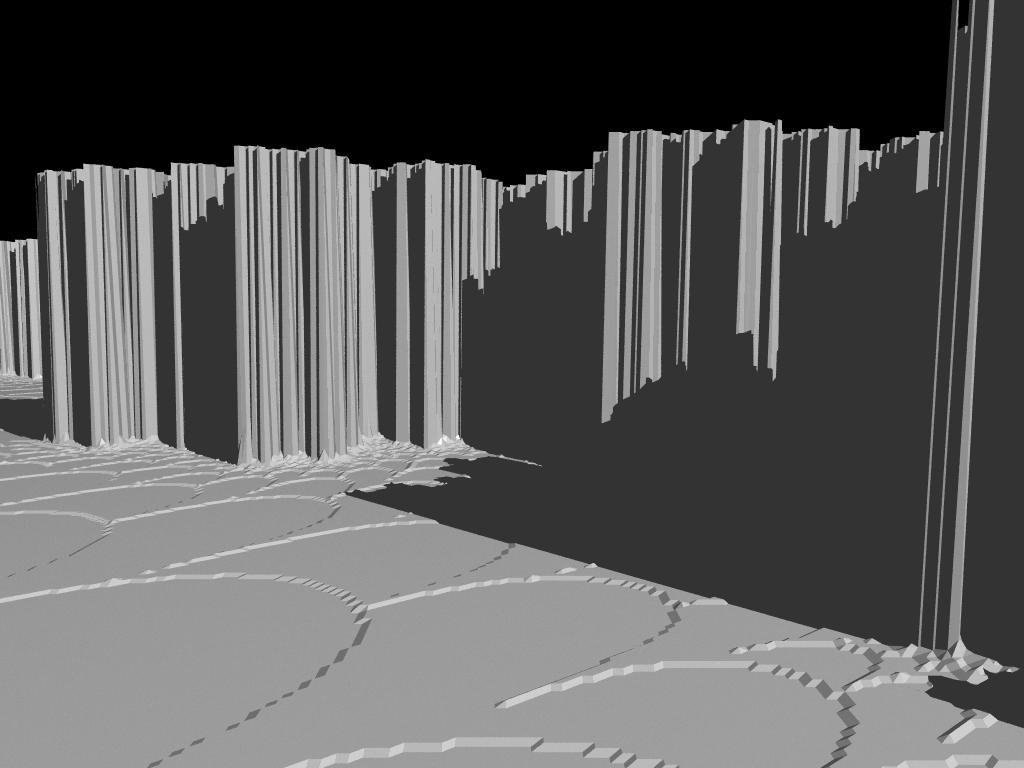
1. The Conceivable Universe is divided into consciousness and the Great Fractal.
2. This is the Second and Divisional Tenet of Elementalism.
3. The First Tenet of Elementalism is that consciousness is the prima materia. The Second Tenet relates to the Division of the One, which is the division of consciousness into consciousness and the Great Fractal.
4. In the beginning, consciousness is only conscious of itself. But by willingly choosing to forget parts of itself, it can cause itself to become conscious of other things.
5. All of these other things, whether physical or metaphysical, make up the Great Fractal, which itself is everything that it is possible for consciousness to perceive or to conceive.
6. The Conceivable Universe, then, is this twofold division between consciousness and the contents of consciousness.
7. Existence is nothing more than consciousness exploring the Great Fractal. This is understood by contemplating the Second Tenet.
8. Except for when consciousness is in a pure form, existence cannot be anything else. All lives, in all realms and dimensions, are experienced as a fragment of consciousness exploring the Great Fractal.
9. Everything that is conceivable falls into either the category of consciousness or the category of the contents of consciousness.
10. In contrast to consciousness, the contents of consciousness are ever-changing. Also in contrast to consciousness, the contents of consciousness are multifarious.
11. The Conceivable Universe, then, has a static component akin to the Sun, and a dynamic component akin to the Moon. The Sun-like component is consciousness, which radiates like the Sun, and the Moon-like component is the Great Fractal, which reflects all of the moods of the divine.
12. The individual conscious being experiences the Conceivable Universe as an ever-changing set of perceptions that pass through their consciousness. This is always true, no matter which dimension they’re in. It’s true before life, it’s true during life, it’s true after death.
13. Every individual being experiences reality this way: as a fragment of the divine consciousness exploring the Great Fractal, in eternity, through countless lives and countless deaths.
14. The intensity with which consciousness explores the Great Fractal is experienced as time. A low intensity will be experienced as time passing slowly. A high intensity will be experienced as time passing rapidly.
15. The higher the intensity with which consciousness explores the Great Fractal, the greater the emotional pressure. If this emotional pressure becomes too great, it is experienced as trauma.
16. The higher the frequency of a consciousness, the more rapidly it can explore the Great Fractal without incurring emotional damage. Dramatic changes in the contents of consciousness can cause suffering to lower-frequency minds.
17. Understanding the Second Tenet leads naturally to the Third Tenet.
*
This chapter is an excerpt from Elemental Elementalism, the foundational scripture of the new religion of the Age of Aquarius.
*
If you enjoyed reading this essay/article, you can get a compilation of the Best VJMP Essays and Articles of 2020 from Amazon for Kindle or Amazon for CreateSpace (for international readers), or TradeMe (for Kiwis). A compilation of the Best VJMP Essays and Articles of 2019, the Best VJMP Essays and Articles of 2018 and the Best VJMP Essays and Articles of 2017 are also available.
*
If you would like to support our work in other ways, please consider subscribing to our SubscribeStar fund. Even better, buy any one of our books!

A lot of this rings consonant with my experience, an NDE for example. “[C]onsciousness is only conscious of itself” however reads as muddled, because “itself” is not a primitive but rather already a compound/derived concept. That is, “itself” requires “other/not itself” to be perceived. It’s pointless trying to describe perception prior to self/other “coming online during brain reboot,” but I can say I noticed “not me” first and then back-filled “me.”